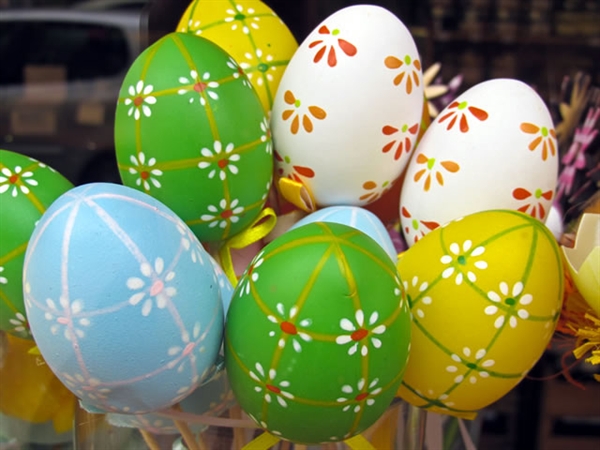
Sham el-Nessim – Egypt Spring Festival
More than a few Egyptian traditions today derive from very ancient times, including the holiday known as Sham el Nessim, which may have been celebrated as early as 4,500 years ago. For Egyptians, Sham el Nessim (Sham el Nisseem, Sham el Niseem), literally meaning sniffing the breeze, marks the beginning of the spring. It falls immediately on the first Monday following the Coptic Easter and it was related to agriculture in ancient Egypt which contained fertility rites that were later attached to Christianity and the celebration of Easter. It is believed that the Egyptians were the first to celebrate this occasion.
Sham el Nessim seems to be a holiday as old as Egypt. According to the Egyptian Information Service, the name of the holiday is actually derived from the ancient Egyptian harvest season that was called “Shamo”, also explaining that, according to Plutarch’s annals, the ancient Egyptians used to offer salted fish, lettuce and onions to their deities on this day.
The spring festival coincided with the vernal equinox, and the ancients imagined that that day represented the beginning of creation. The date of Sham El Nessim was not fixed. Rather, it was announced every year on the night before the feast at the foot of the Great Pyramid. The feast of ‘Shamo,’ means ‘renewal of life’ which was later corrupted during the Coptic age to ‘shamm’ (smelling or breathing) and the word ‘nessim’ (breeze) was added. The ancient Egyptians first celebrated the feast of Shamo in 2700 BC, towards the end of the 3rd Dynasty.
A custom termed ‘Shemm en-Nessem’ (or the Smelling of the Zephyr) is observed on the first day of the Khamaseen. Early in the morning of this day, many persons, especially women, break an onion, and smell it; and in the course of the forenoon many of the citizens of Cairo ride or walk a little way into the country, or go in boats, generally northward, to take the air, or, as they term it, smell the air, which on that day they believe to have a wonderfully beneficial effect. The greater number dine in the country or on the river.
Sham el Nessim is also celebrated by eating traditional foods. It is associated with several types of food that are eaten together yet are much diversified. Fiseekh (Salted fish), boiled colored eggs, termis (lupin seeds), and green onions are some of the types of food eaten on this day, each backed by a different myth. It was believed that offerings of fish were made to the ancient gods to ensure a good harvest. Salted fish symbolized to the ancient Egyptians fertility and welfare. Fish were abundant when the waters receded from the Nile flood, leaving them trapped in natural pools, and easily caught.
Eggs for the pharos were dyed and hung in temples as emblems of regenerative life. They not only symbolize new life, but they serve as small art works to enjoy at the picnics. Dyed eggs from pharaonic times are a direct predecessor of our Easter eggs today. This is the best part for the whole family.
First thing we do in the morning is coloring the eggs, We use water colors and then put them in the sun to dry so they will be ready for us to enjoy.
Green onions also seem to have a special significance in the occasion. It has been found that in ancient times, onions were stuffed in the eyes of mummies and drawn on tomb walls. To the modern Egyptian they served a different purpose, They keep the evil eye away and prevent envy.
Lettuce represents the feeling of the hopefulness at the beginning of the spring.
Happy Sham EL Nessim Everyone 🙂
Tags:Celebration, Culture, Day, Egyptian, Festival, Food, Fun, Information, Life Style, People, Women
Post Discussion